Introduction
Potatoes, a staple in kitchens worldwide, are renowned for their versatility and long shelf life. However, improper storage can lead to undesirable outcomes such as sprouting, greening, or spoilage, rendering them inedible or even hazardous. The greenish hue that sometimes appears on potato skin is caused by solanine, a glycoalkaloid toxin that accumulates when potatoes are exposed to light. Sprouting, on the other hand, occurs as potatoes attempt to grow new plants, often triggered by warmth and humidity. This article explores science-backed methods to extend the freshness of potatoes, ensuring they remain safe, nutritious, and appetizing for extended periods. By understanding the environmental and chemical factors influencing potato degradation, you can adopt storage practices that minimize waste and maximize usability.
Understanding the Enemies of Potato Freshness
To combat sprouting and greening, it is essential to grasp the underlying causes:
- Light Exposure: Sunlight or artificial light stimulates chlorophyll production, leading to green patches. Simultaneously, solanine levels rise, posing health risks if consumed.
- Temperature Fluctuations: Warm environments (above 50°F/10°C) accelerate sprouting, while refrigeration converts starch to sugar, altering taste and texture.
- Humidity Levels: Excess moisture encourages rot, whereas dry conditions cause shriveling.
- Ethylene Gas: Produced by fruits like apples and bananas, this gas accelerates ripening and sprouting in vegetables.
Optimal Storage Environment: The Cool, Dark, and Ventilated Space
Creating the right storage conditions is the cornerstone of preserving potatoes:
- Temperature Control: Maintain a consistent temperature between 45°F (7°C) and 50°F (10°C). A basement, garage, or pantry away from heat sources (ovens, refrigerators) is ideal. Avoid refrigerators, as cold temperatures increase sugar content, leading to unpleasantly sweet or gritty textures when cooked.
- Darkness is Key: Store potatoes in opaque containers, such as burlap sacks, paper bags, or cardboard boxes. If using clear containers, wrap them in a dark cloth or place them in a cabinet.
- Airflow Matters: Ensure adequate ventilation to prevent moisture buildup. Avoid airtight plastic bags, which trap humidity. Instead, opt for mesh bags, wicker baskets, or containers with holes.
The Role of Humidity: Striking the Right Balance
Potatoes thrive in moderately humid environments (80–85% humidity). Too little moisture causes dehydration, while excess leads to spoilage:
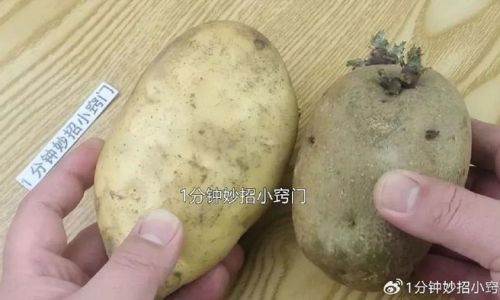
- Humidity Control Techniques:
- Place a damp cloth or paper towel inside the storage container to maintain moisture without drenching the potatoes.
- Avoid storing potatoes near sinks, dishwashers, or areas prone to dampness.
- If humidity is low (e.g., in arid climates), store potatoes in a perforated plastic bag with a small dish of water nearby.
Isolation from Ethylene-Producing Foods
Fruits like apples, bananas, and tomatoes emit ethylene gas, which hastens sprouting. Keep potatoes in a separate compartment or drawer, away from such produce. Onions, while not ethylene producers, release moisture and gases that accelerate spoilage, so they should also be stored separately.
Curing Potatoes for Longevity
For homegrown potatoes, curing is a critical pre-storage step:
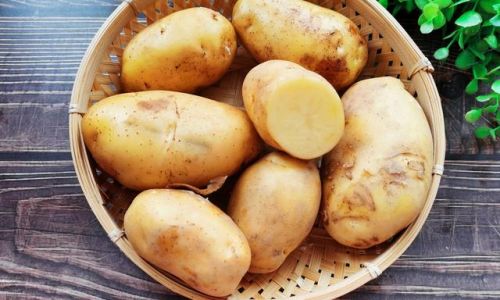
- Process: After harvesting, lay potatoes in a single layer in a dark, well-ventilated area (60–70°F/15–21°C) for 10–14 days. This heals minor cuts, thickens skins, and reduces moisture content.
- Benefits: Cured potatoes store longer and resist bruising.
Natural Sprout Inhibitors: Herbs and Spices
Certain herbs and spices act as natural deterrents to sprouting:
- Mint and Rosemary: Place a small bunch of these herbs in the storage container. Their aromatic oils inhibit sprout growth.
- Cloves and Cinnamon: A few sticks or teaspoons of ground spices can deter pests and delay sprouting.
- Activated Charcoal: A small pouch of activated charcoal absorbs ethylene and excess moisture, prolonging freshness.
The Vinegar Rinse Method
A diluted vinegar solution can extend shelf life by killing bacteria and fungi:
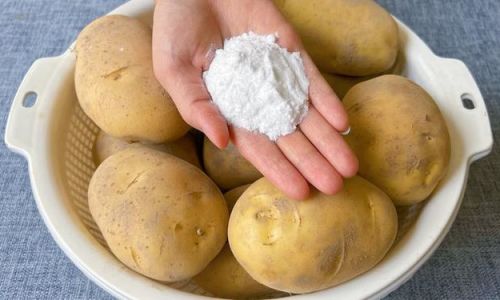
- Process: Mix one part white vinegar with four parts water. Soak potatoes for 5–10 minutes, then air-dry thoroughly before storage.
- Caution: Avoid over-soaking, as excessive acidity may affect flavor.
Freezing and Cooking for Long-Term Storage
For potatoes intended for long-term use (beyond 3–4 months):
- Blanching and Freezing: Peel, cut, or shred potatoes, then blanch in boiling water for 3–5 minutes. Cool, dry, and freeze in airtight bags.
- Mashed Potatoes: Cook, mash, and freeze in portions. Thaw and reheat as needed.
- Dehydration: Use a food dehydrator to make potato flakes or chips. Store in airtight jars.
Avoiding Common Pitfalls
- Never Wash Before Storage: Moisture promotes rot. Clean potatoes just before use.
- Inspect Regularly: Remove sprouted or soft potatoes immediately to prevent contamination.
- Avoid Plastic: Unless using perforated bags, plastic traps moisture and gases.
Troubleshooting: What to Do If Potatoes Sprout or Turn Green
- Sprouts: Cut off sprouts and any soft tissue. Use the potato immediately, as its nutritional value may have diminished.
- Green Patches: Peel at least 1/4 inch (0.6 cm) below the green surface to remove solanine. Discard potatoes if greening is extensive.
The Science Behind Solanine and Safety
Solanine is a natural defense mechanism in potatoes, deterring pests. While small amounts are harmless, high levels can cause nausea, headaches, or neurological issues. Symptoms of solanine poisoning include:
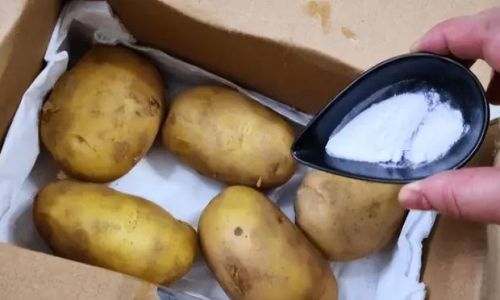
- Burning sensation in the mouth or throat
- Upset stomach
- Dizziness
- Hallucinations (in severe cases)
To minimize risk:
- Store potatoes in darkness.
- Discard potatoes with extensive greening or sprouts.
- Cooking does not neutralize solanine, so removal is essential.
Innovative Storage Solutions
- Root Cellars: Traditional root cellars mimic ideal conditions—cool, dark, and humid. If unavailable, create a mini version in a basement corner.
- Coolers or Ice Chests: For short-term storage during hot seasons, place potatoes in a cooler with ice packs. Monitor temperature to avoid freezing.
- Smart Containers: Invest in storage bins with built-in humidity and temperature gauges for precise control.
Buying and Handling Potatoes: First Steps to Longevity
- Selection: Choose firm, unbruised potatoes without sprouts or green tints.
- Transport: Avoid crushing or piercing during transit.
- Initial Storage: Do not leave potatoes in plastic bags from the store. Transfer them to breathable containers immediately.
Regional Adaptations: Tailoring Storage to Climate
- Humid Climates: Use dehumidifiers or silica gel packs to absorb excess moisture.
- Arid Climates: Increase humidity with damp cloths or trays of water.
- Tropical Areas: Store potatoes in air-conditioned rooms or refrigerators (despite texture changes, safety is prioritized).
The Environmental Impact of Proper Storage
Food waste is a global crisis, with potatoes ranking among the most discarded produce. Extending their shelf life reduces carbon footprints, conserves resources, and saves money. By adopting these practices, you contribute to sustainability while enjoying fresh, nutritious meals.
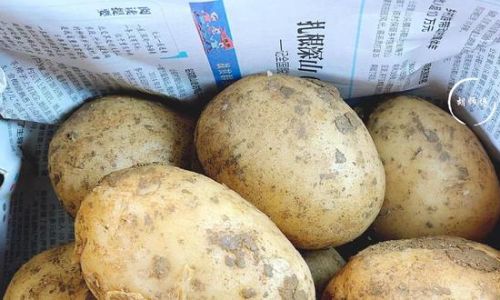
Conclusion
Preserving potatoes requires a blend of science and practicality. By controlling light, temperature, humidity, and ethylene exposure, you can prevent sprouting and greening effectively. Incorporate natural inhibitors, regular inspections, and appropriate long-term storage methods to ensure your potatoes remain usable for months. Remember that food safety is paramount—discard potatoes showing signs of extensive spoilage. With these strategies, you’ll not only reduce waste but also elevate your culinary creations with consistently high-quality ingredients. Whether you’re a home cook, a gardener, or a food enthusiast, mastering potato storage is a skill that pays dividends in taste, health, and sustainability.
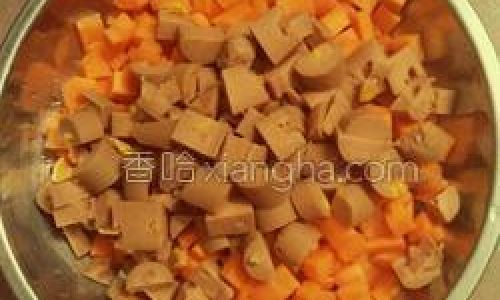
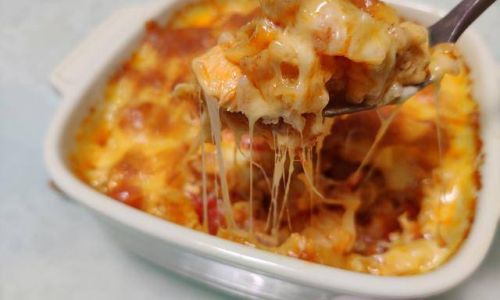
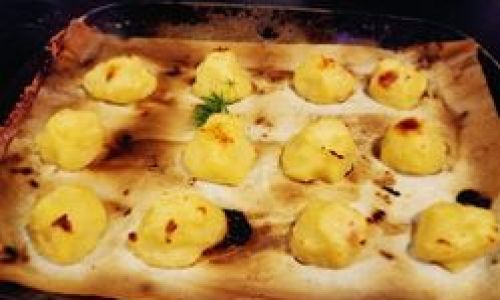
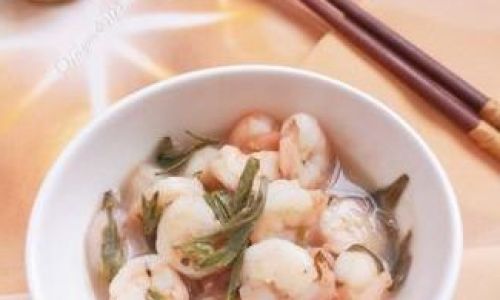

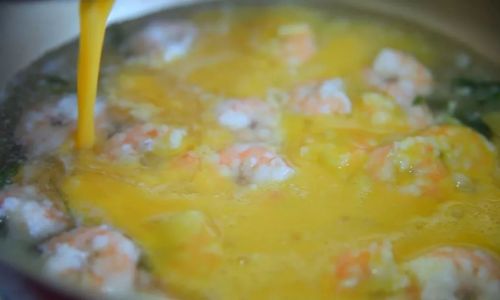
0 comments